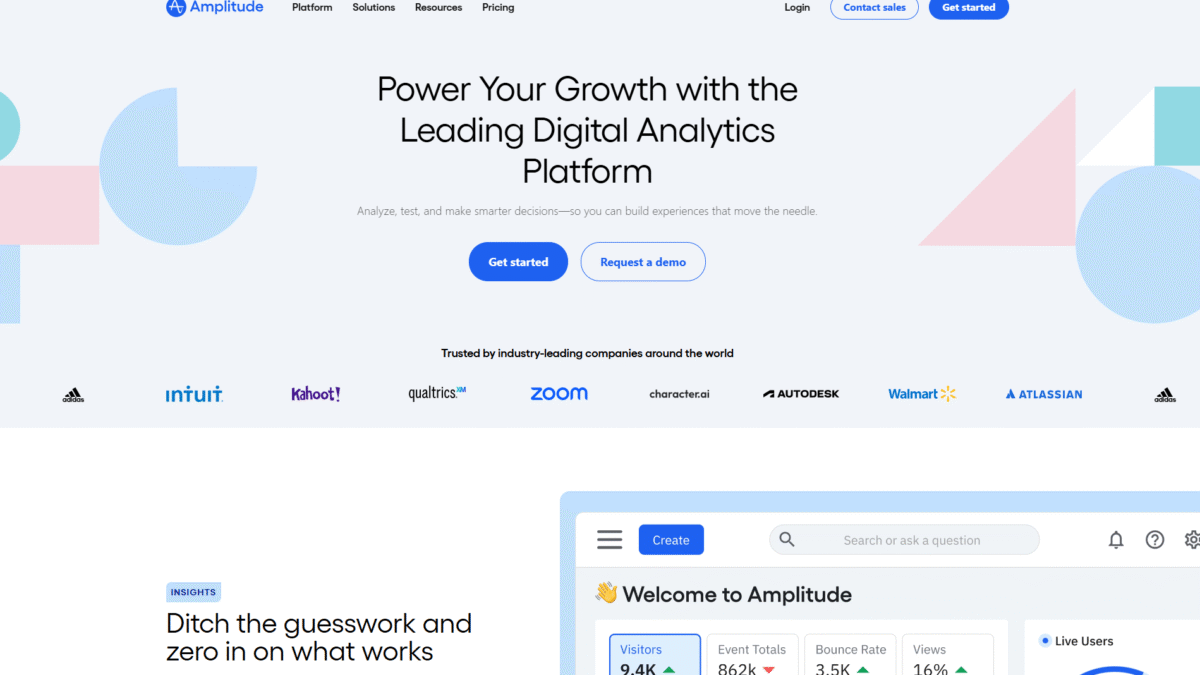
Master Product Roadmap Planning with Data-Driven Analytics
Developing a winning product strategy starts with effective roadmap planning. When teams lack clear, data-driven guidance, they end up chasing vanity metrics or reacting to last-minute requests. By embedding analytics into every stage of your roadmap, you can prioritize the features and initiatives that truly drive engagement and growth.
Why roadmap planning Matters
A well-crafted roadmap aligns stakeholders, sets realistic expectations, and creates transparency across engineering, design, marketing, and leadership. Without it, you risk:
- Wasted development effort on low-impact features
- Missed opportunities to optimize user experience
- Difficulty tracking progress against business objectives
Key Challenges in Conventional Roadmap Planning
Traditionally, teams rely on gut feeling or scattered feedback. Common pitfalls include:
- Overreliance on anecdotal user feedback
- Limited visibility into how changes affect behavior
- Inflexible timelines that can’t adapt to new insights
Infusing Data-Driven Analytics into Your Roadmap
Data transforms roadmap planning from guesswork into a scientific process. Here’s how to weave analytics throughout:
- Define Clear Metrics: Establish North Star metrics (e.g., activation rate, retention rate) that map directly to your objectives.
- Collect Qualitative & Quantitative Data: Combine session replays with event tracking to understand both “what” and “why.”
- Run Experiments: A/B test new features before full rollout to validate impact on your key metrics.
- Iterate Rapidly: Use real-time insights to adjust priorities and timelines on the fly.
How Amplitude Elevates Your Roadmap Planning
Amplitude is a complete product analytics platform designed to remove the guesswork from roadmap decisions:
- Product Analytics: Track every click, tap, and conversion to instantly surface which features are driving growth.
- Session Replay: Watch users interact with new prototypes to identify friction before launch.
- Feature Experiment: Run controlled rollouts and A/B tests without engineering bottlenecks.
- Behavioral Cohorts: Segment users by behavior to tailor future roadmap items to high-value audiences.
Step-by-Step Guide to Data-Driven Roadmap Planning
1. Audit Current Performance
Start by collecting baseline metrics for existing features. Use Amplitude’s out-of-the-box dashboards to see which components underperform against your North Star metric.
2. Gather User Insights
Deploy surveys and session replays to hear directly from users. Filter responses by customer segment to uncover nuanced pain points.
3. Prioritize with Impact vs. Effort
Map each potential initiative on an impact/effort matrix. Leverage Amplitude’s causal insights to quantify expected lift before committing resources.
4. Plan Sprints Around Clear Goals
Assign discrete objectives to each sprint, linking tasks back to your defined metrics. Use feature flags for incremental rollouts and immediate feedback.
5. Measure, Learn, Repeat
After each release, review performance in Amplitude’s dashboards. Capture learnings, update your roadmap backlog, and cycle back into planning.
Real-World Success Stories
Companies from early-stage startups to enterprises trust Amplitude:
- A fast-growing e-commerce platform increased retention by 25% after testing checkout optimizations.
- A mobile gaming studio saw 40% higher feature adoption by prioritizing high-value user segments.
Getting Started
Ready to transform your roadmap planning with data? Get Started with Amplitude for Free Today and unlock the insights you need to build a roadmap that truly moves the needle.
Whether you track 50K users or 10M events per month, you’ll gain instant answers with just one line of code—so you can stop guessing and start growing.
